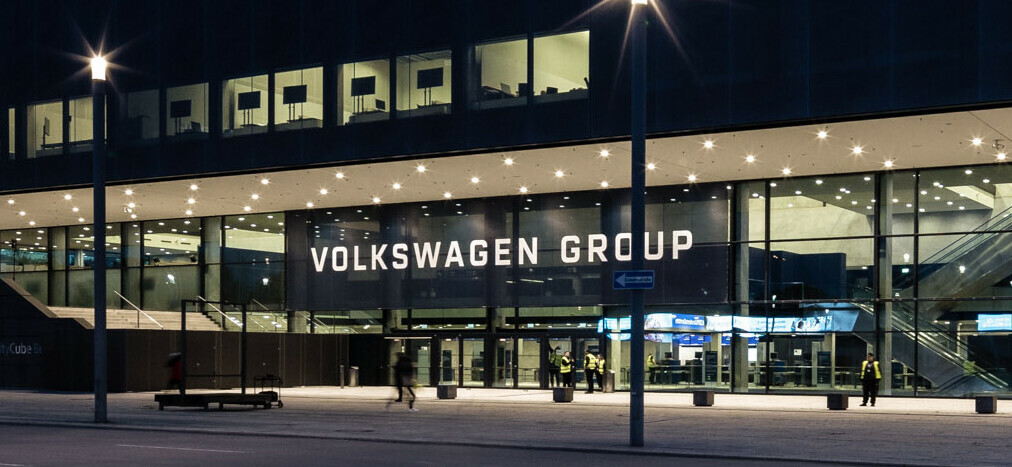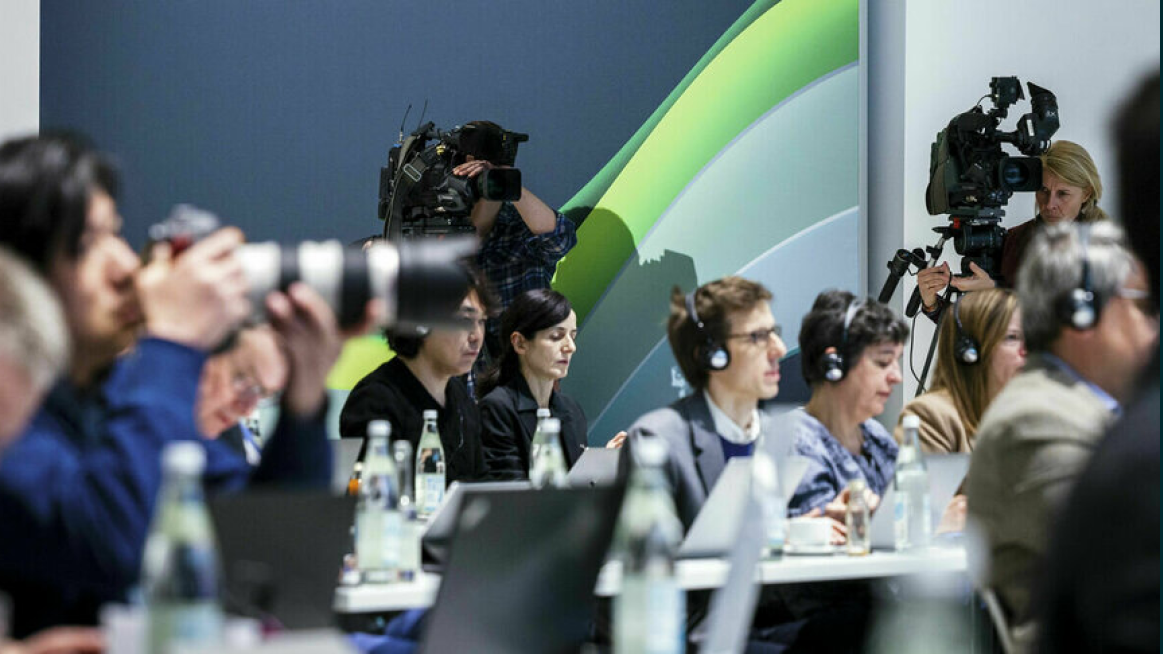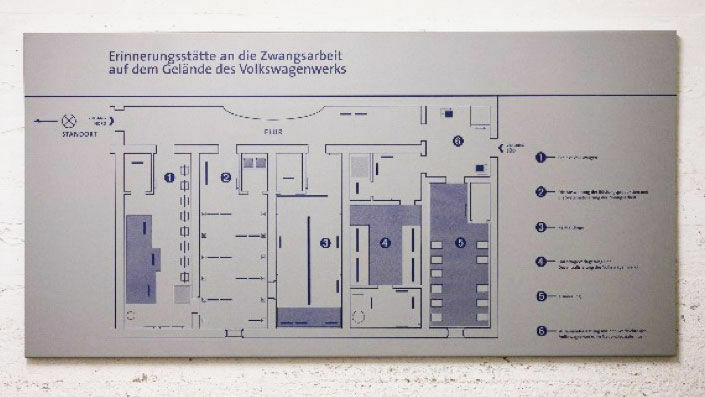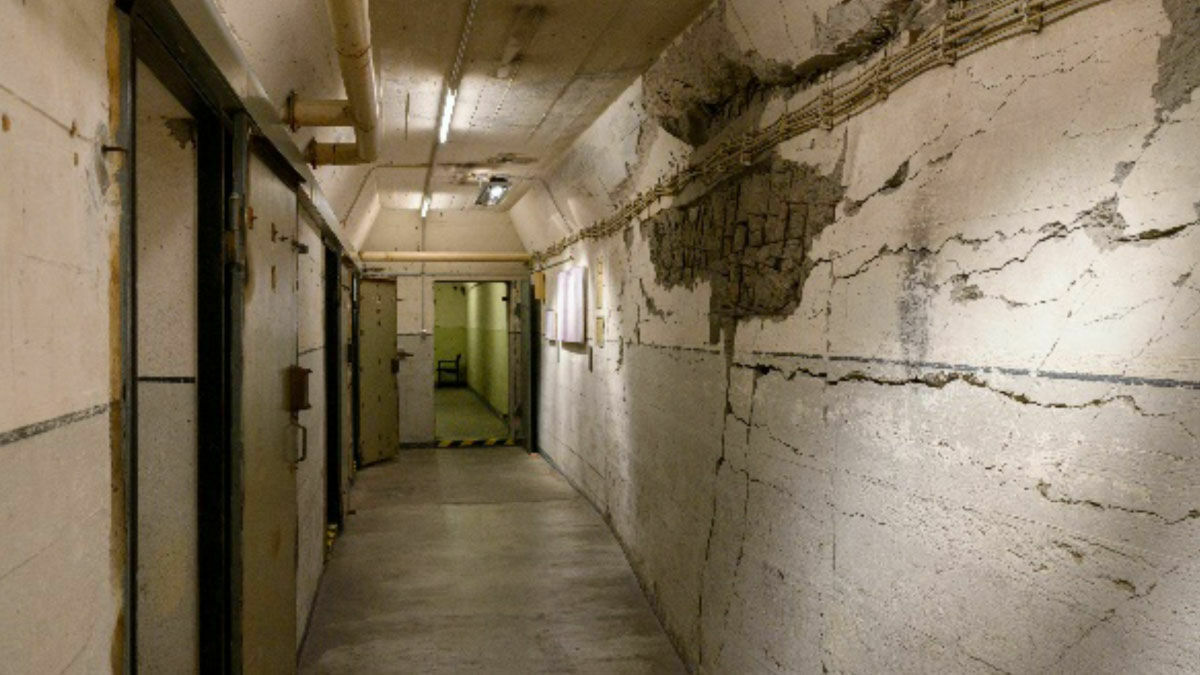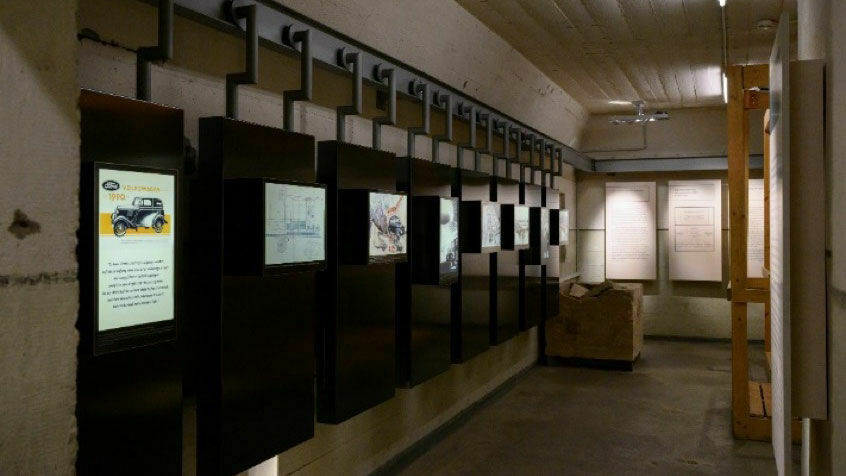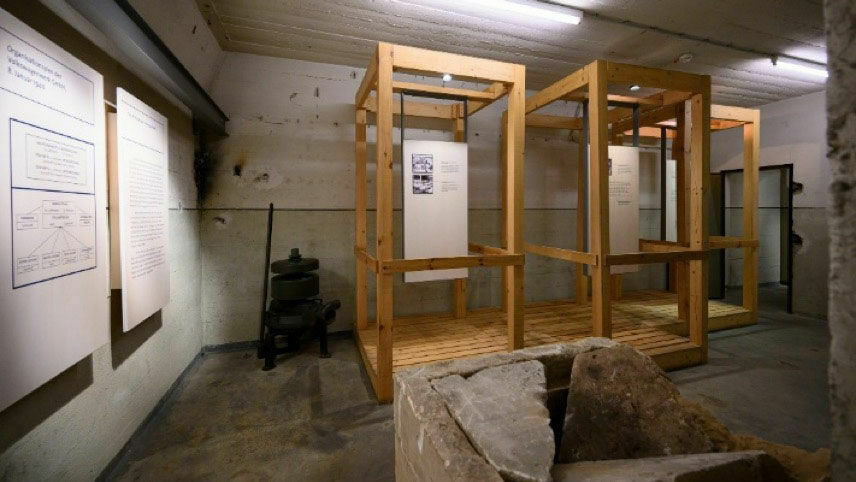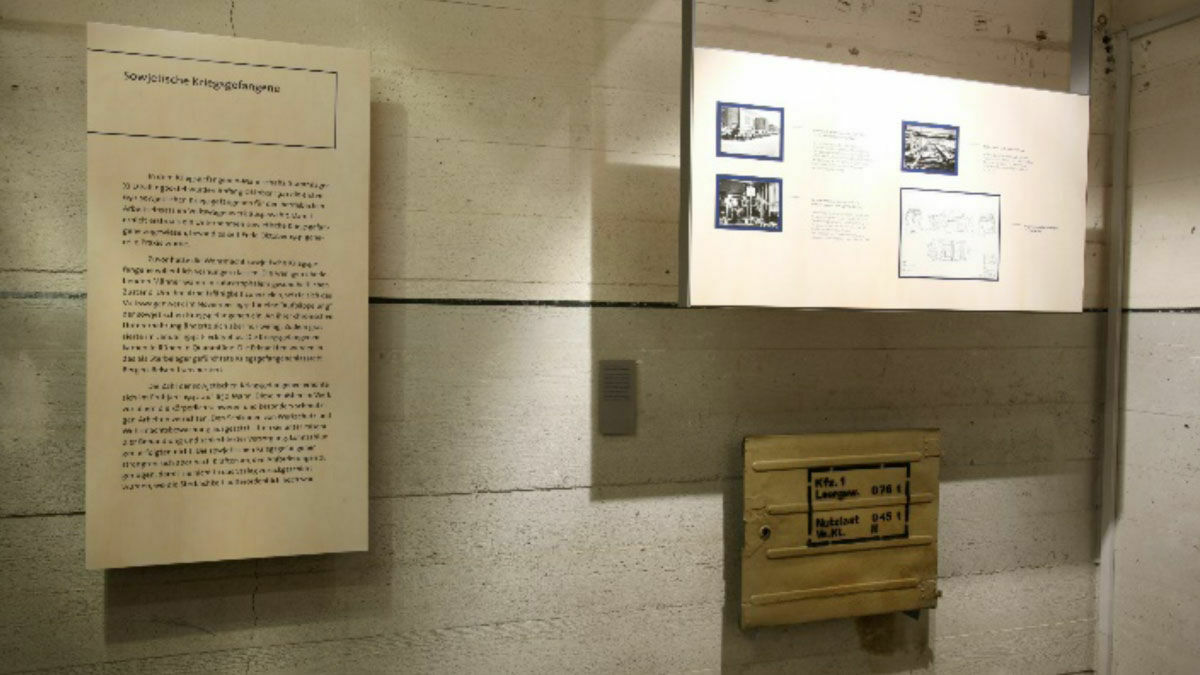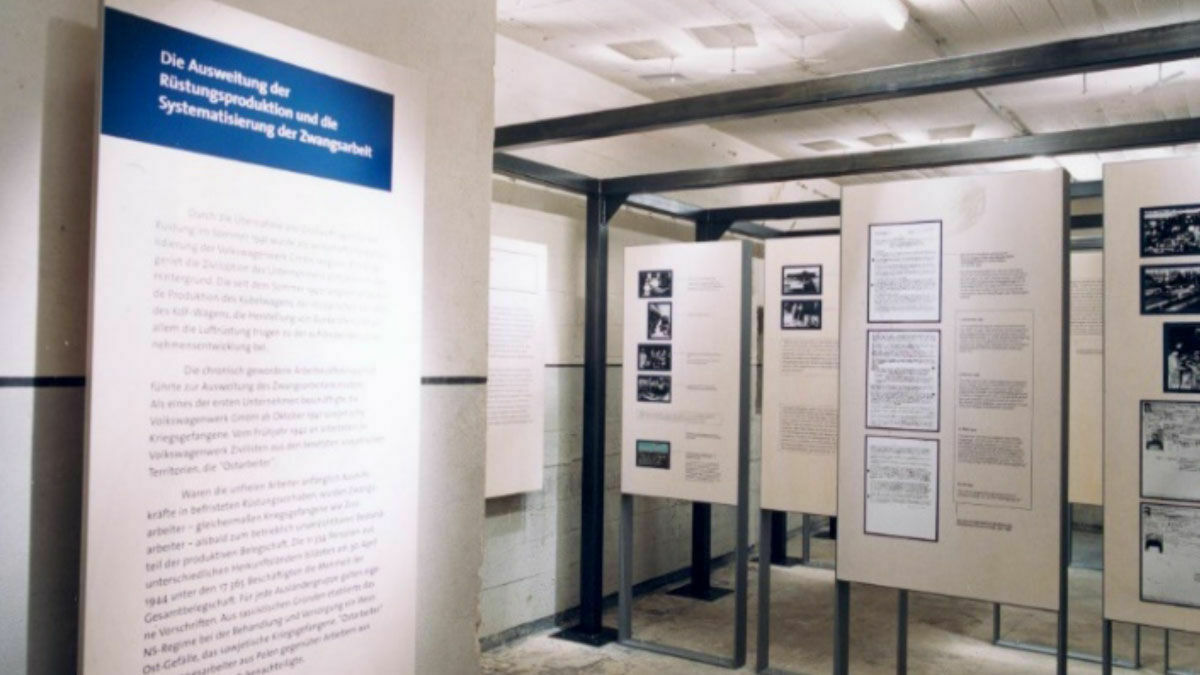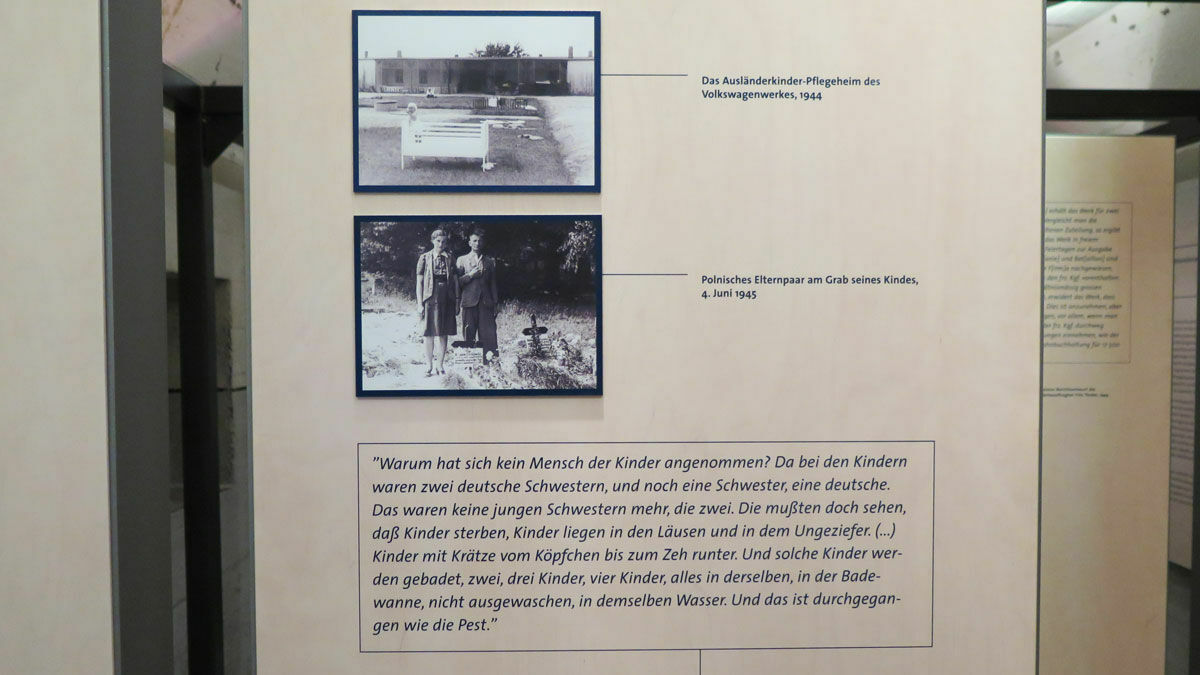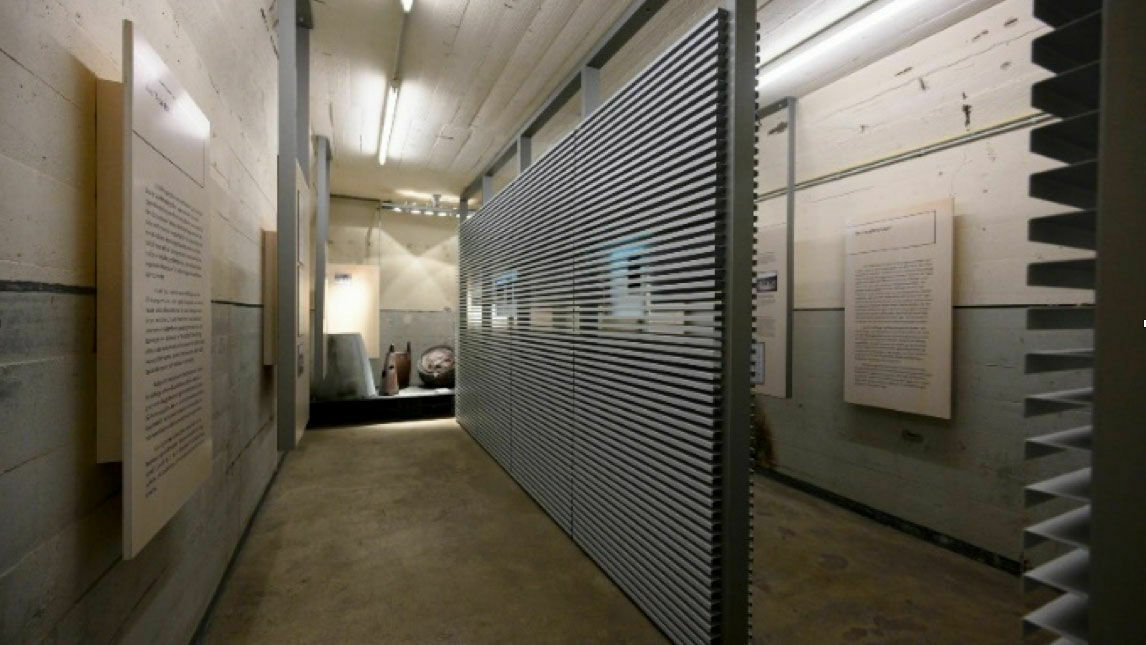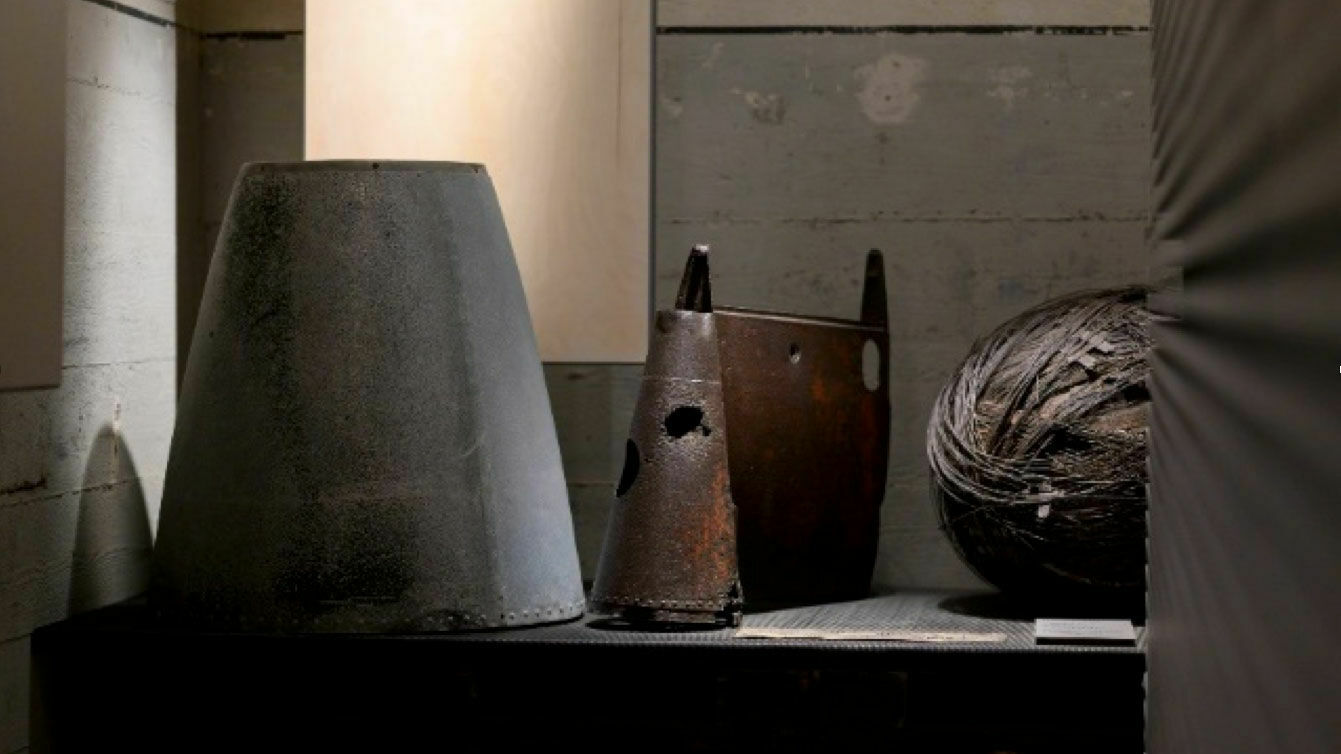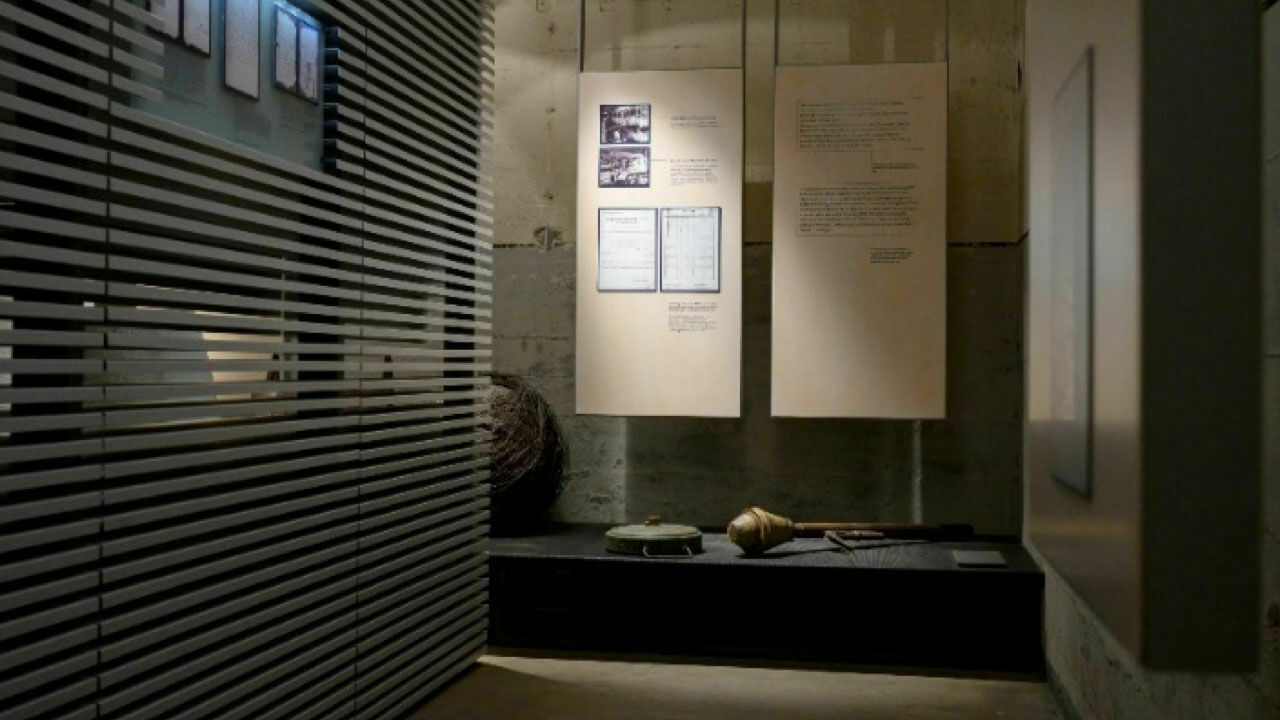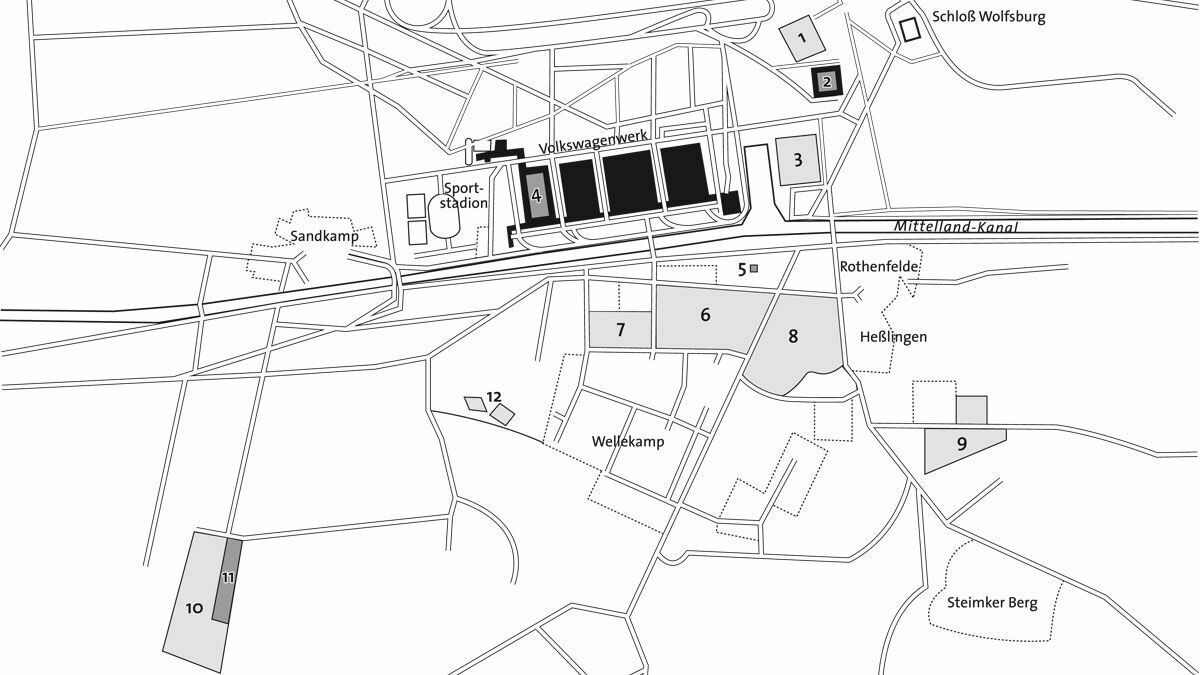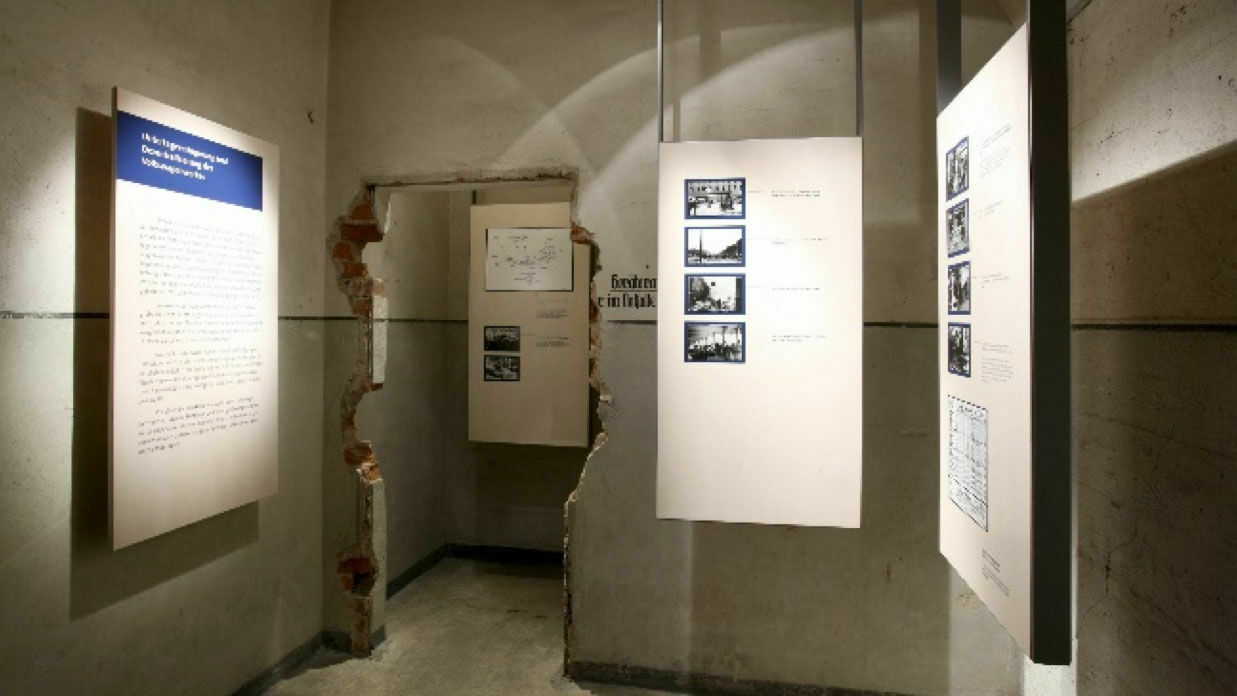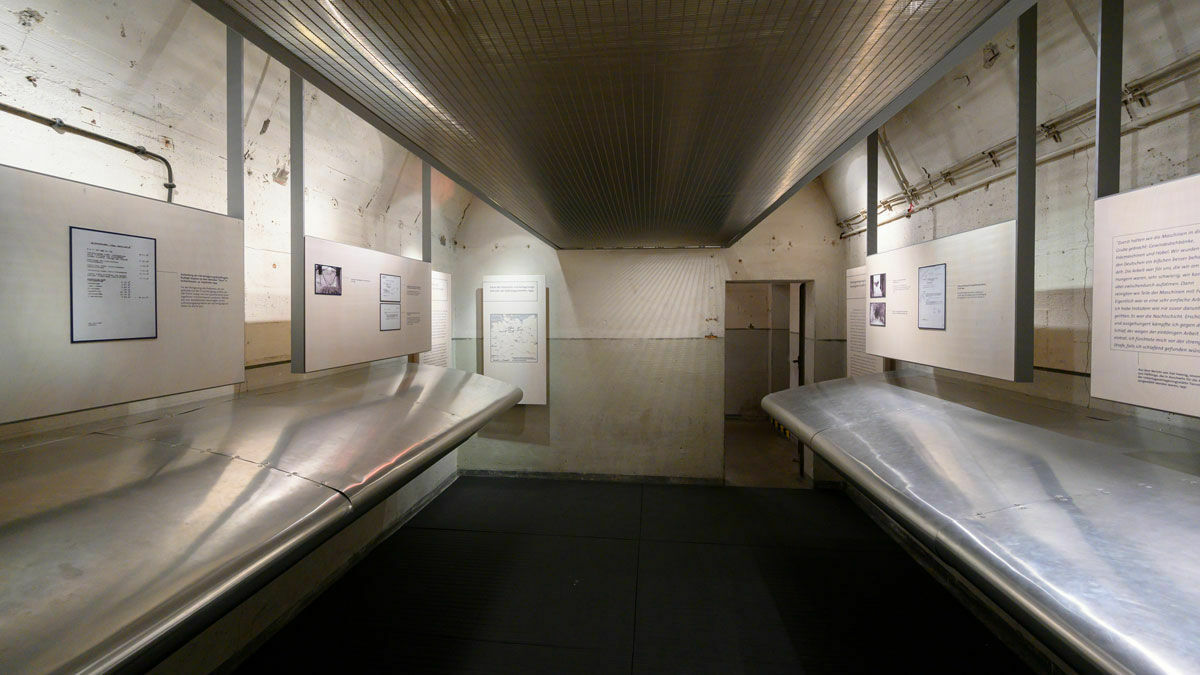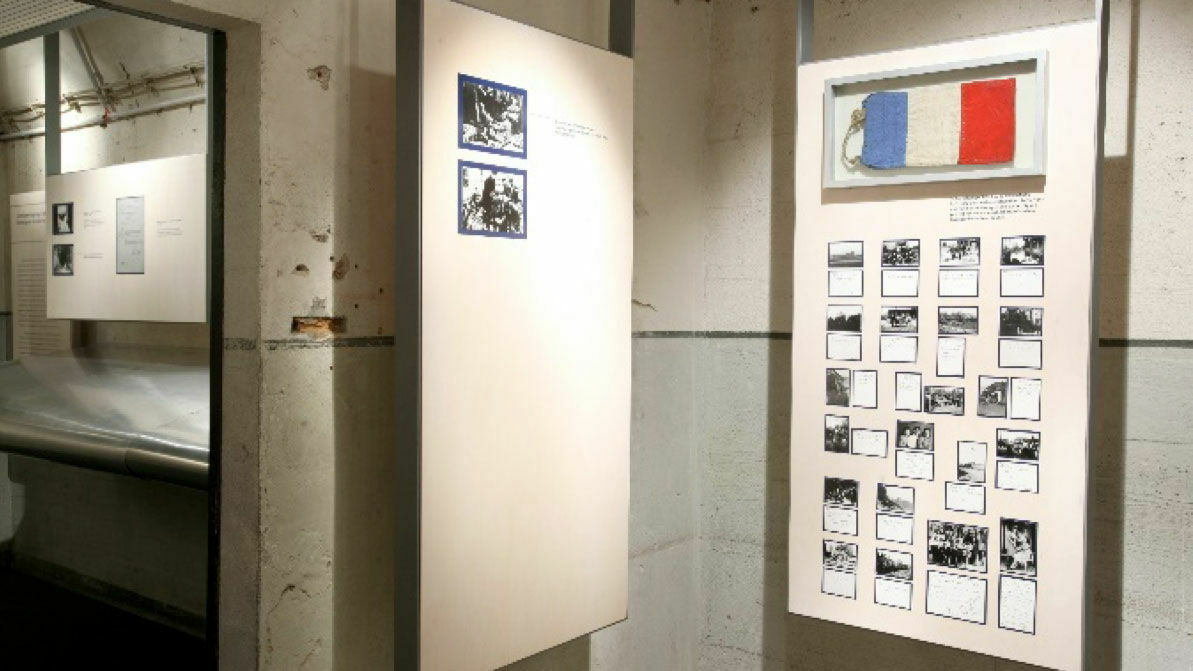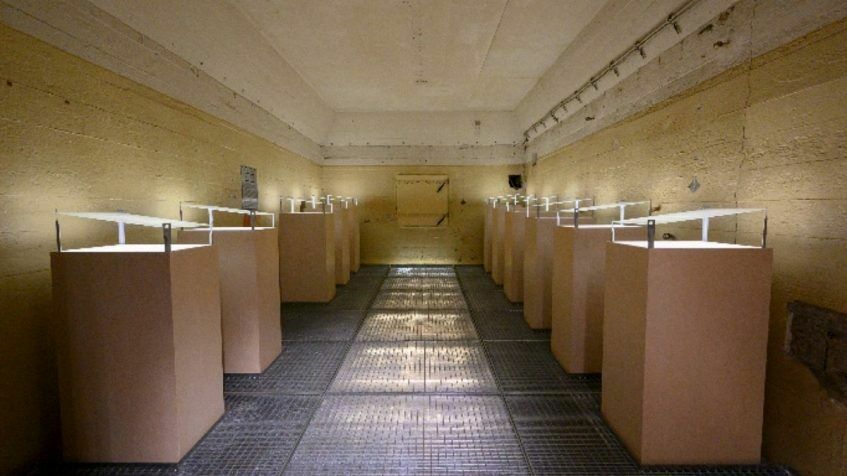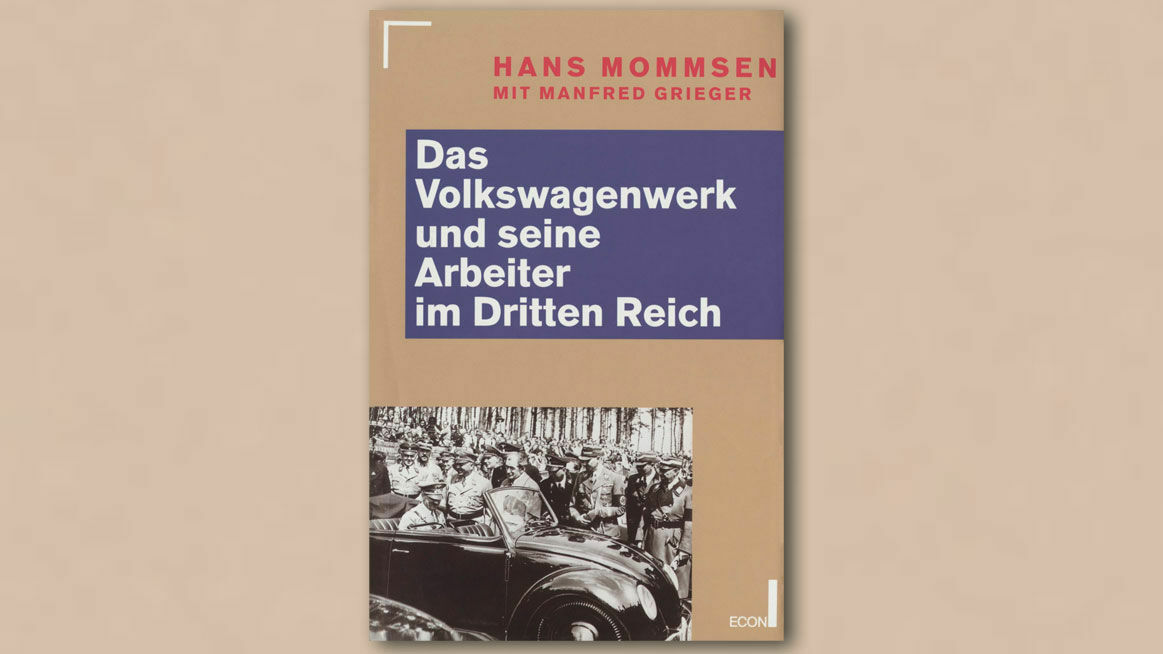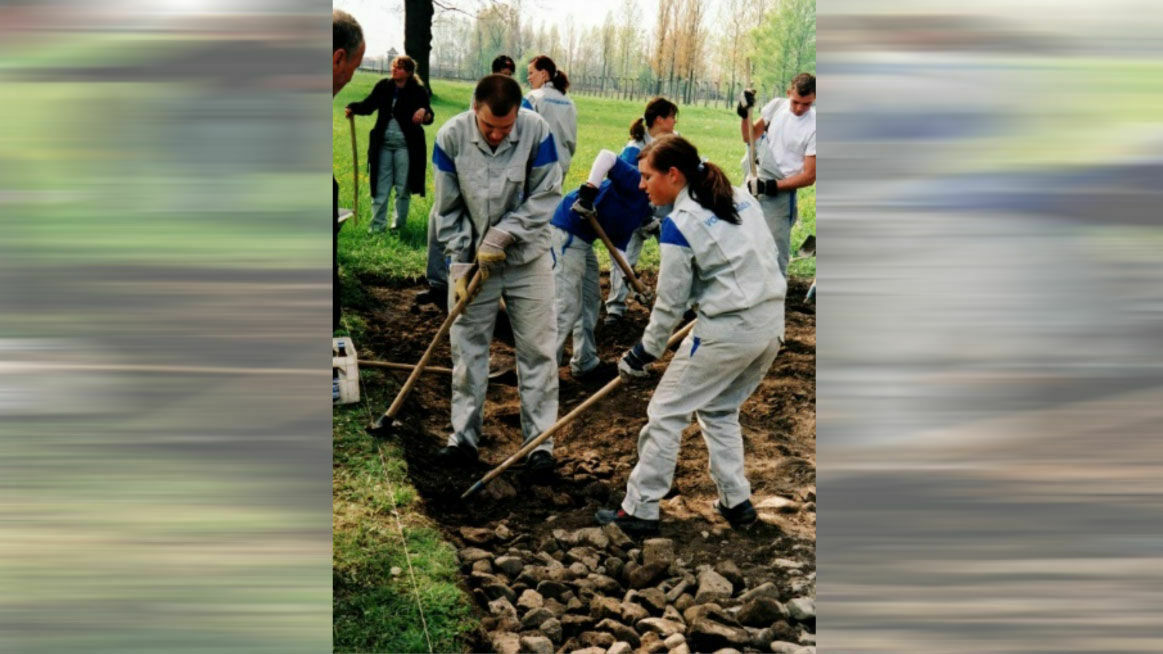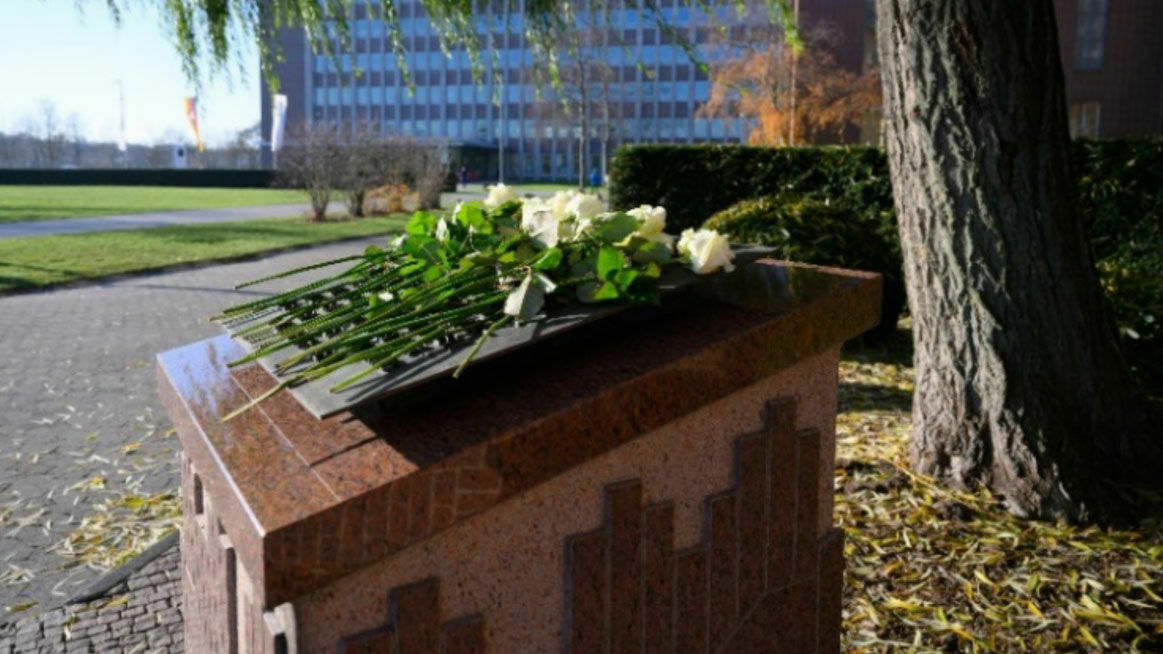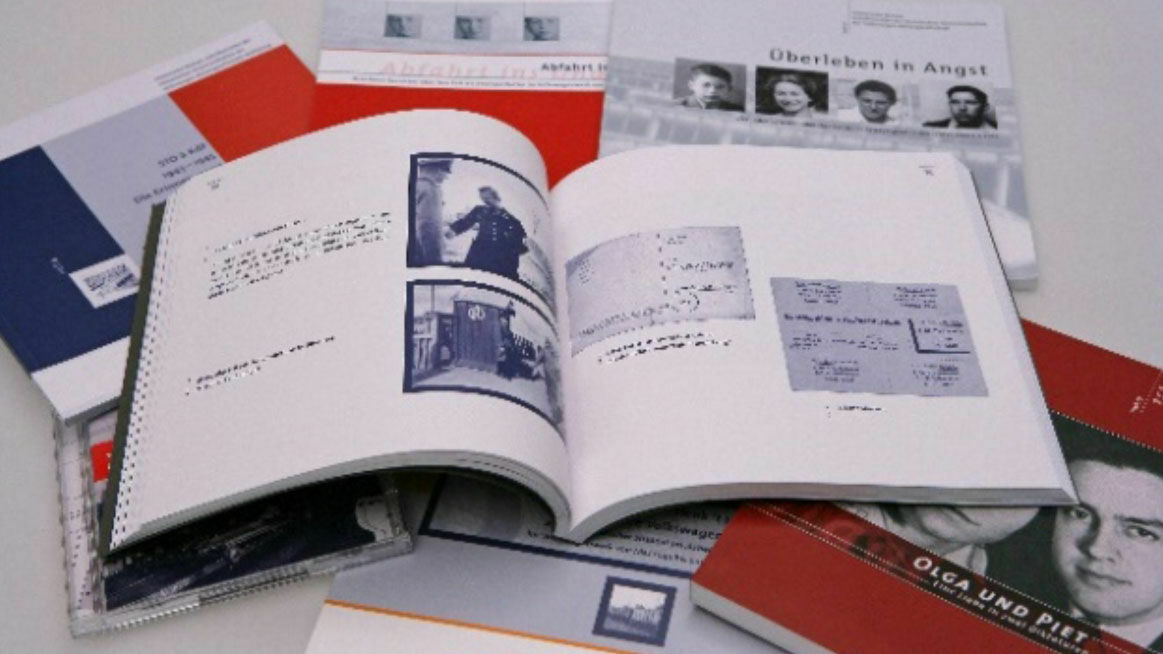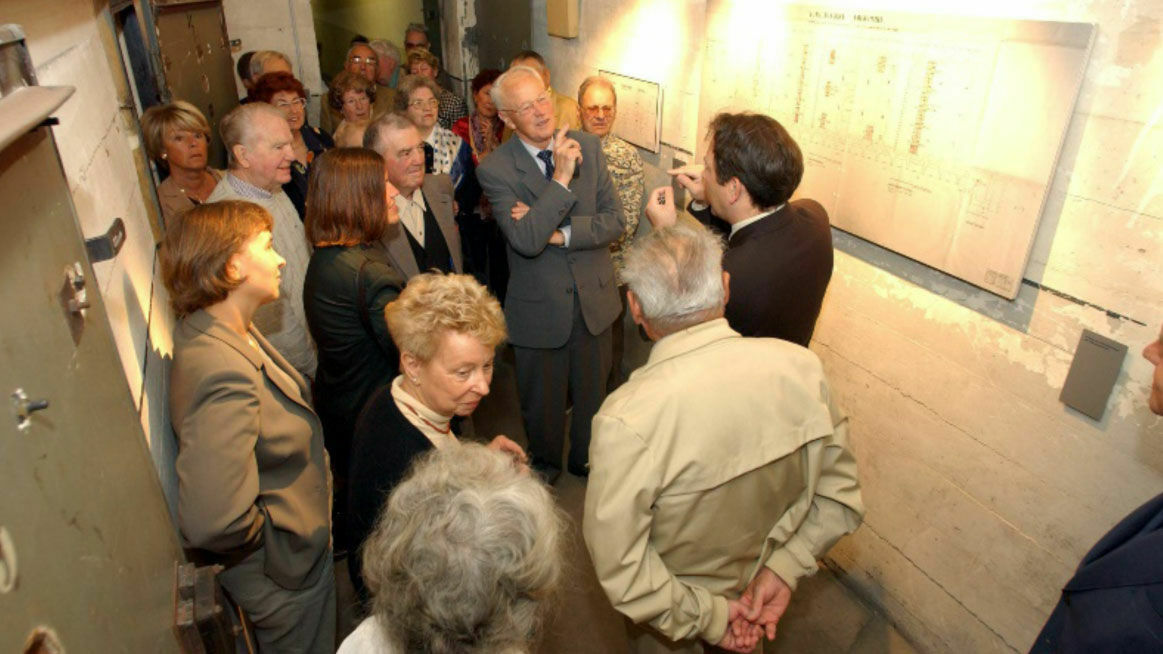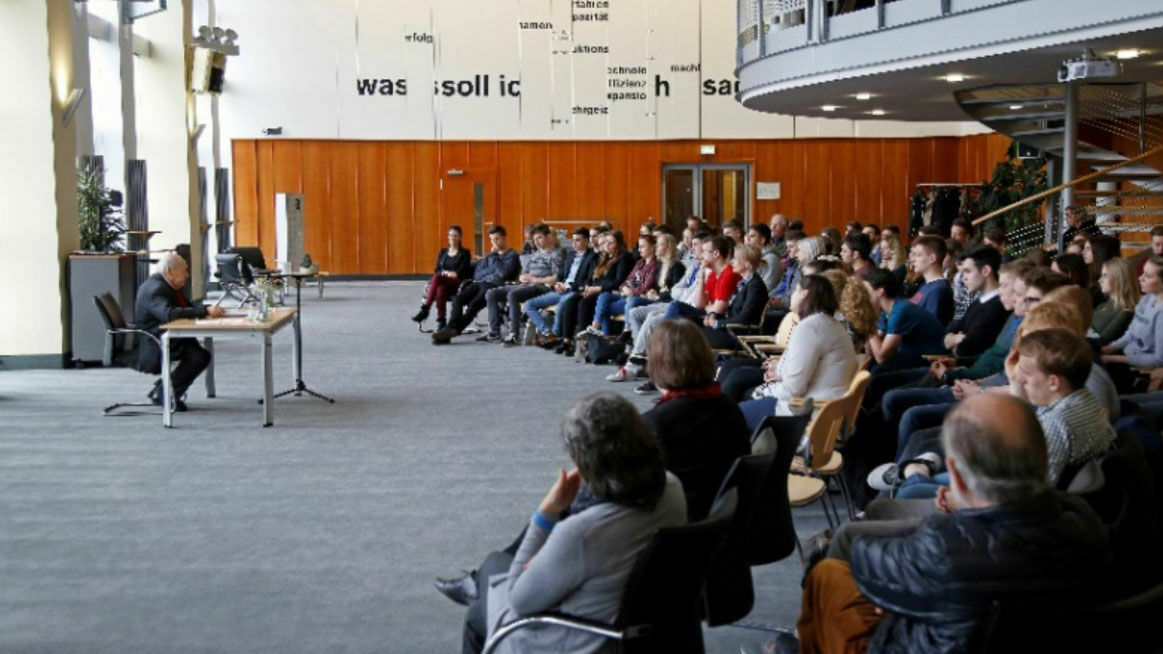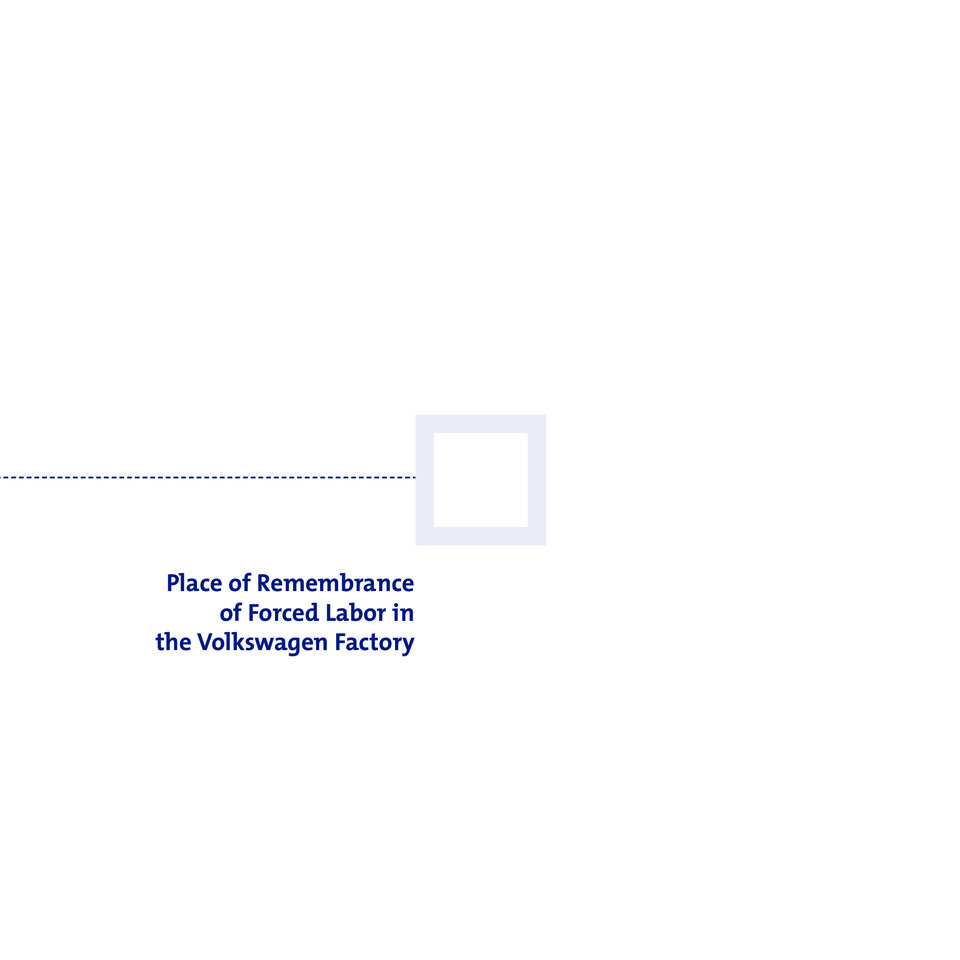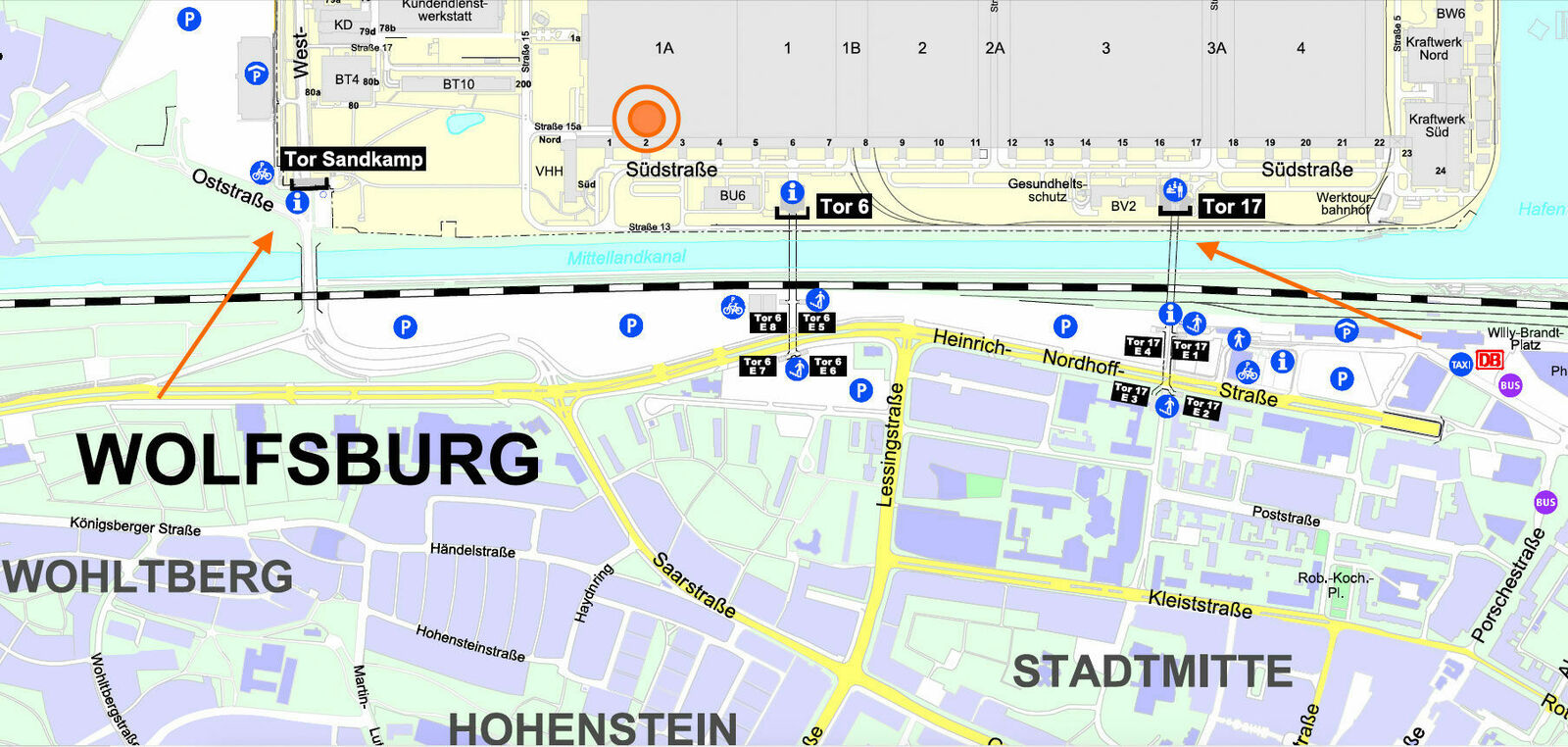Opening hours
The Place of Remembrance is located on the plant premises in Wolfsburg. Visits are by appointment from Monday to Friday. Guided tours are provided in German and English. Entrance is free.
Access
The Archives department and the exhibition are wheelchair accessible. Wheelchair users should inform us when booking the visit. Please access the plant via gate Sandkamp.
Booking
Volkswagen AG, Heritage
Corporate Archives
P.O. Box 1922, 38436 Wolfsburg, Germany
Tel.: +49 (0) 53 61 92 56 67
Email: history@volkswagen.de
Children
The permanent exhibition is not suitable for persons under 14 years of age.
Photographs
Photography is prohibited on the plant premises.
Directions
As the Place of Remembrance is located on the factory premises, a visit is only possible by prior appointment.
A guided tour of the exhibition begins in the forum of the Volkswagen AG Corporate. Archives, Südstraße, Entrance 2, first floor.
For inquiries please call +49 (0) 53 61 92 56 67.
Directions via plant access gate 17 (“Tor 17”)
Leave Wolfsburg main station through the main exit and turn right towards the Volkswagen office tower. After about 300 metres you will reach the tunnel entrance to gate 17. Go down the stairs, to the right along the corridor to the next staircase and finally go up again via two escalators. At the corridor’s end you will find gate 17, where you can sign in with plant security. From there, continue west along Südstraße towards the office tower. The Corporate Archives are located at entrance 2 on the first floor. We wish you a good journey.
Directions via plant access gate Sandkamp (“Tor Sandkamp”)
Parking is available to the left of the gate Sandkamp, which is located on Oststraße. To sign in, please contact the plant security staff. After leaving the reception, go down the stairs on the right and cross the park in the direction of the office tower. Once there, go around the building to the right and you will come to Südstraße, which you follow to entrance 2. The Corporate Archives are located at entrance 2 on the first floor. We wish you a good journey.

